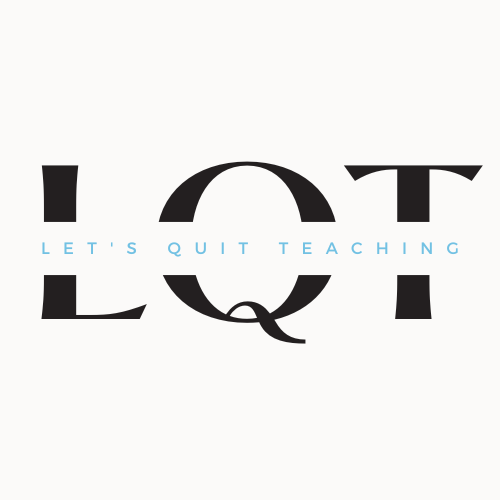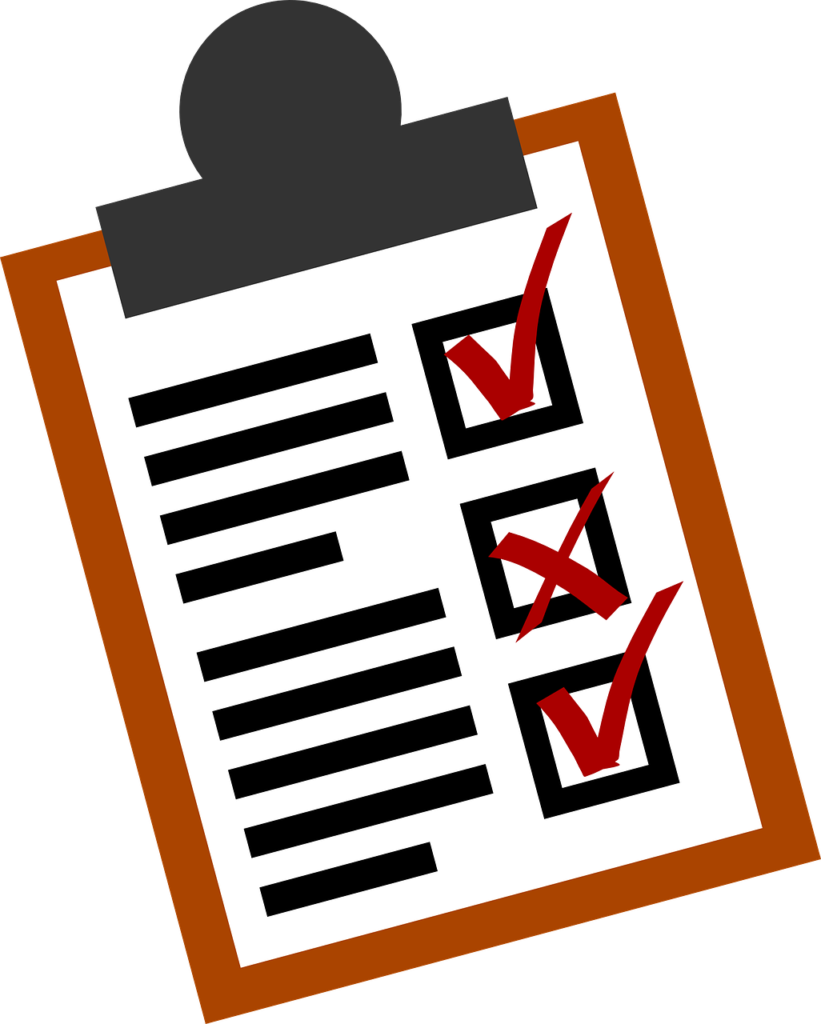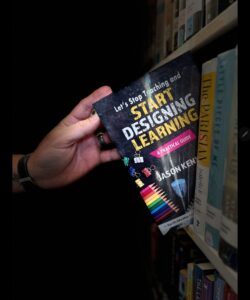Great work! Try Again. Good Job! Think. Awesome! Correct! Wrong. It would be safe to say feedback is something teachers are in the constant practice of providing.Whether it’s done through verbal praise or correction, stickers or stamps, and checks or check minuses, feedback is something teachers do all of the time. The thing is, feedback is necessary. The thing also is, the typical feedback we give really provides little or no direction in the learning of our students. How can we turn this surface level feedback into something students can use to move themselves forward in their learning?
Start with the essential pieces
In order for feedback to make a difference in learning, there are two essential components that must be included in the process: a learning target and a success criteria. In a PREVIOUS POST, I discussed the necessity and nuances of what learning targets are, why they are important and how teachers can construct them. Learning targets are as essential as desks and pencils in the classroom. :Learning targets are the endgame for the learning of the lesson, and it only makes sense to let those whose learning it is in the first place in on the secret. These targets are the finish line for this relay of learning we are all working towards together in the classroom. Providing them to students only strengthens their bond, commitment and engagement to the shared goal of learning.With that said, feedback requires that the students know where they need to end up in their learning.
The second necessary element we must incorporate in our lessons is a well-defined, student-friendly and upwardly mobile method of success criteria. In ANOTHER POST, I detailed the primary pieces of what a quality success criteria should be: It should be in student friendly vocabulary, spell out concrete, observable qualities students can see in their work, and be upwardly mobile in their learning with tools to escape misconceptions and pathways to accelerate available at the ready by teachers.
The example above is from a World Geography standard: “Explain why physical characteristics of a place such as landforms, bodies of water, climate, and natural resources act as contributing factors to world settlement patterns.” The learning target for this particular lesson is “I can explain why the physical characteristics of a place affect where people settle.” The task for students was to label the physical characteristics of a certain region of the world, label the major human settlements and then explain why these settlements exist based on physical, geographical evidence. Level 3 spells out the observable traits their product must include to meet the standard for this learning. This is where feedback can now begin to transform into something more than just positive praise or corrective comments.
Learning Target + Success Criteria = True Feedback
If we’ve provided the destination for students to go (learning target) and the map with all the trail markers visible (success criteria), now we have a lesson where feedback can thrive and become more than just quick, surface-level speak. Now, feedback can be targeted, specific and meaningful for students and their learning. With the target in mind and the success criteria in hand, we can now guide students upward along in their learning. We can design tools, references, anchor charts, student examples, walk-thrus, sentence stems, graphic organizers and countless other scaffolds that help move a student from a 1 to a 2, or a 2 to a 3. The feedback we provide can be evaluative AND prescriptive at the same time. Now, students can actually use feedback beyond knowing if they were just “right or wrong.” Now, we can lead them in a path of taking on their own learning, evaluation and improvement.
What’s the key secret in this feedback? Making the learning visible through a well-designed task with a quality success criteria. This allows students and teachers to “see” exactly the improvements needing to be made, the avenues needing to be traveled and the tools needed along the way to get the job done. I am reminded of Dr. John Almarode and his practice of not asking his own children, “What did you learn today?” The question he asks his children about their learning is, “What feedback did you receive today?” Think of the power in that. Quality feedback is not just about WHAT was learned; it is about HOW FAR ALONG in the learning a student made it that day. This can only be accomplished with a success criteria that allows for movement upward in learning.
Next Steps?
If you want to improve learning through the use of feedback, dig into designing quality learning targets and success criteria. I encourage you to check out the tools provided in the two previous blog posts I linked in today’s post. The key to all of it is that true, meaningful and effective feedback takes intentional, instructional design choices ahead of time. When we give students a goal, allow them to see their successes and weaknesses and provide feedback and pathways for them to improve in their learning, we are handing learning back over to whom it belongs. We build an active learning classroom, where students are part of the team in this learning game, instead of passive attendees waiting on a sticker or a check mark.


